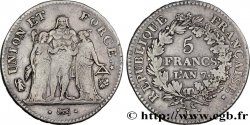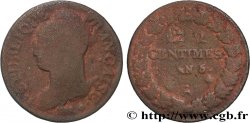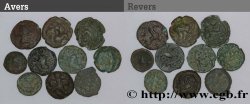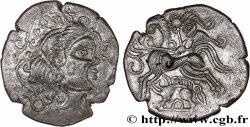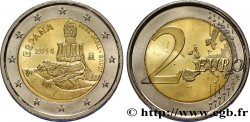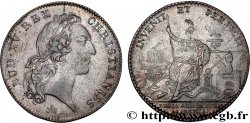Чтобы принять участие в торгах, вы должны войти в систему и стать подтвержденным участником аукциона. Войдите, чтобы сделать ставку. Ваш аккаунт будет подтвержден в течение 48 часов. Не ждите до закрытия торгов, чтобы зарегистрироваться.Сделав ставку на данный товар, вы вступаете в юридическое соглашение на покупку выбранного товара и нажатием кнопки «Сделать ставку» подтверждаете принятие вами условий интернет-аукционов cgb.fr.
Ставка может бить сделана только в полном эквиваленте евро. Торги закроются согласно времени, указанному в описании товара, все ставки, сделанные после закрытия торгов, учитываться не будут. Не следует откладывать предложение вашей ставки до последнего момента, так как система может не успеть обработать вашу заявку, и ваша ставка не будет принята. Более детальную информацию вы найдёте здесь: FAQ по интернет-аукционам.
Все ставки победителей подлежат комиссии 18%.
Все ставки победителей подлежат комиссии 18%.
| Оценить : | 120 € |
| Цена : | 260 € |
| Максимальная предлагаемая цена : | 260 € |
| Конец торгов : | 26 July 2022 18:08:42 |
| Участников : | 4 Участников |
Тип Médaille, Conseil des Cinq-Cents
Дата: 1974
Металл: silver plated bronze
Диаметр: 46,5 mm
Ориентация осей монеты: 12 h.
Вес: 35,90 g.
Век: lisse + 1974 + corne BR
Пуансон: corne BR
Комментарии о состоянии
Médaille nettoyée, présentant plusieurs coups et rayures, notamment sur la tranche
Лицевая сторона
Аверс: легенда: REP. FR. / CONSEIL / DES / CINQ-CENTS..
Аверс: описание: Inscription en 4 lignes, équerre et pendule à l’exergue.
Обратная сторона
Реверс: легенда: JOS / CASSANYES / REPRESENTANT. / DU / PEUPLE..
Реверс: Описание: Inscription en 5 lignes.
Комментарий
Diamètre sans bélière : 41 mm
Cette médaille commémore l’attribution à Joseph Cassanyes (1758-1843). Il fut élu membre du conseil des cinq cents en 1795 et ce jusqu’en 1797.
Le Conseil des Cinq-Cents, “chambre basse”, était l'une des deux Assemblées du Directoire. Composé de 500 députés comme son nom l'indique, le Conseil était élu au suffrage censitaire à deux tours, conformément à la Constitution de l'An III, chacun devait être âgé de plus de 30 ans et résidant depuis au moins dix ans sur le territoire national. Les citoyens de chaque canton, hommes majeurs de vingt et un ans, payant une contribution directe ou justifiant de services militaires actifs dans l'armée et résidant en France depuis au moins un an, se réunissaient en assemblées primaires afin de désigner un « grand électeur » pour 200 habitants. Le Conseil avait l'initiative des projets de Loi soumis ensuite au Conseil des Anciens, “chambre haute”. Ses députés dressaient la liste où le Conseil des Anciens devait choisir les Directeurs. Après les élections de l'An V, la majorité thermidorienne disparut. L'Assemblée fut renversée et dissoute par le Coup d'État de Bonaparte le 18 brumaire An 8 (9 novembre 1799).
Diameter without bail: 41 mm This medal commemorates the award to Joseph Cassanyes (1758-1843). He was elected a member of the Council of Five Hundred in 1795 and remained so until 1797..
The Council of Five Hundred, the “lower house,” was one of the two Assemblies of the Directory. Composed of 500 deputies as its name indicates, the Council was elected by census suffrage in two rounds, in accordance with the Constitution of Year III, each had to be over 30 years old and resident for at least ten years on the national territory. The citizens of each canton, men of legal age twenty-one, paying a direct contribution or having active military service in the army and residing in France for at least one year, met in primary assemblies to designate a \\\"grand elector\\\" for every 200 inhabitants.. The Council had the initiative for draft laws which were then submitted to the Council of Elders, the “upper house”.. His deputies drew up the list from which the Council of Elders was to choose the Directors.. After the elections of Year V, the Thermidorian majority disappeared. The Assembly was overthrown and dissolved by Bonaparte's coup d'état on 18 Brumaire Year 8 (November 9, 1799)
Cette médaille commémore l’attribution à Joseph Cassanyes (1758-1843). Il fut élu membre du conseil des cinq cents en 1795 et ce jusqu’en 1797.
Le Conseil des Cinq-Cents, “chambre basse”, était l'une des deux Assemblées du Directoire. Composé de 500 députés comme son nom l'indique, le Conseil était élu au suffrage censitaire à deux tours, conformément à la Constitution de l'An III, chacun devait être âgé de plus de 30 ans et résidant depuis au moins dix ans sur le territoire national. Les citoyens de chaque canton, hommes majeurs de vingt et un ans, payant une contribution directe ou justifiant de services militaires actifs dans l'armée et résidant en France depuis au moins un an, se réunissaient en assemblées primaires afin de désigner un « grand électeur » pour 200 habitants. Le Conseil avait l'initiative des projets de Loi soumis ensuite au Conseil des Anciens, “chambre haute”. Ses députés dressaient la liste où le Conseil des Anciens devait choisir les Directeurs. Après les élections de l'An V, la majorité thermidorienne disparut. L'Assemblée fut renversée et dissoute par le Coup d'État de Bonaparte le 18 brumaire An 8 (9 novembre 1799).
Diameter without bail: 41 mm This medal commemorates the award to Joseph Cassanyes (1758-1843). He was elected a member of the Council of Five Hundred in 1795 and remained so until 1797..
The Council of Five Hundred, the “lower house,” was one of the two Assemblies of the Directory. Composed of 500 deputies as its name indicates, the Council was elected by census suffrage in two rounds, in accordance with the Constitution of Year III, each had to be over 30 years old and resident for at least ten years on the national territory. The citizens of each canton, men of legal age twenty-one, paying a direct contribution or having active military service in the army and residing in France for at least one year, met in primary assemblies to designate a \\\"grand elector\\\" for every 200 inhabitants.. The Council had the initiative for draft laws which were then submitted to the Council of Elders, the “upper house”.. His deputies drew up the list from which the Council of Elders was to choose the Directors.. After the elections of Year V, the Thermidorian majority disappeared. The Assembly was overthrown and dissolved by Bonaparte's coup d'état on 18 Brumaire Year 8 (November 9, 1799)







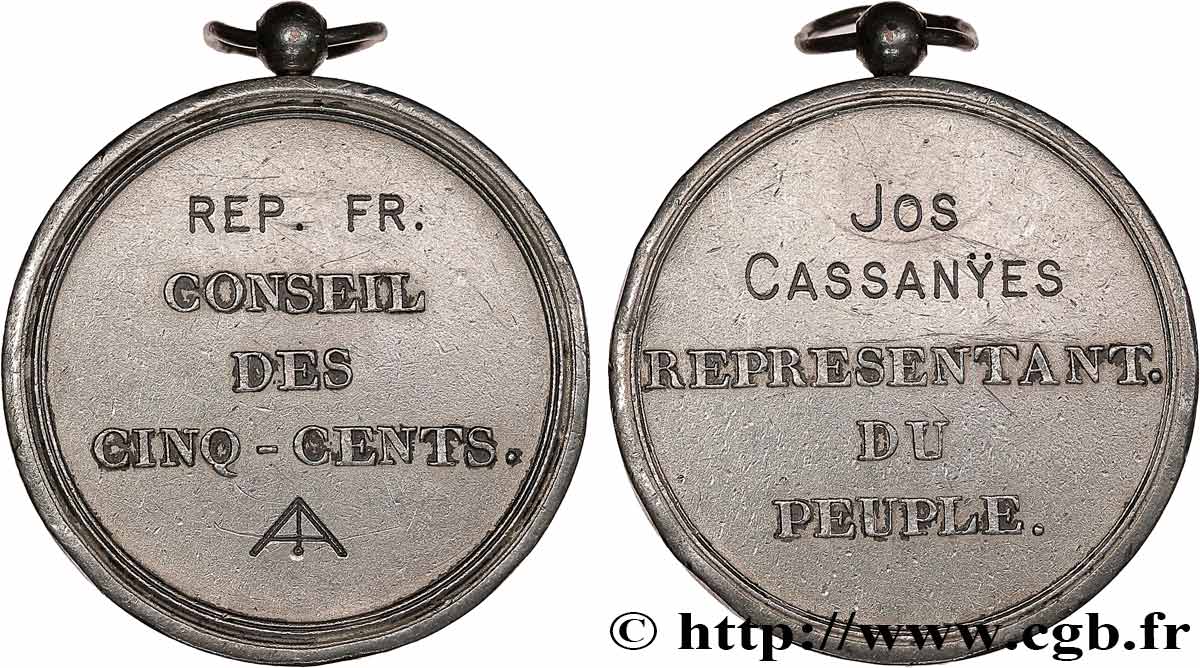
 Cообщить об ошибке
Cообщить об ошибке Распечатать страницу
Распечатать страницу Отправить мой выбор
Отправить мой выбор Задать вопрос
Задать вопрос Consign / sell
Consign / sell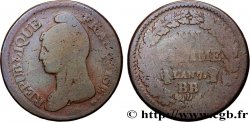
 Информация
Информация